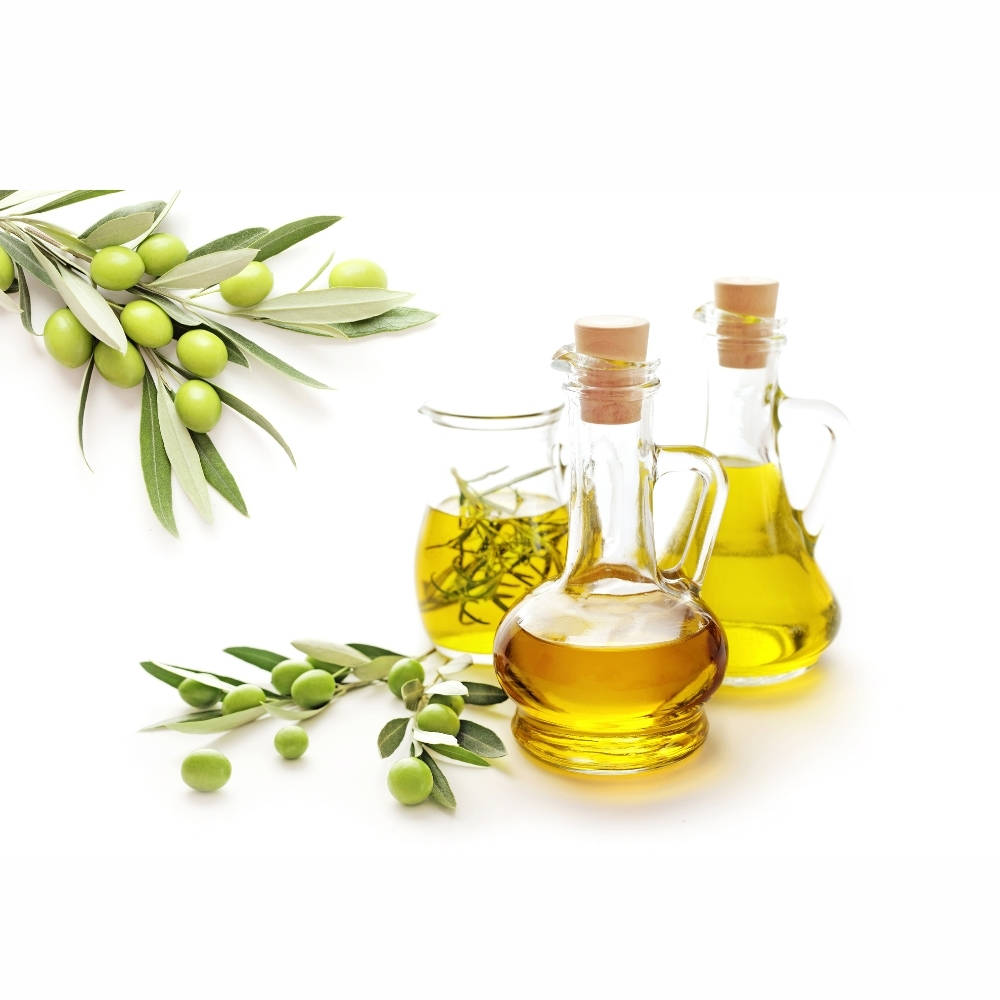Exploring Different Methods of Edible Oil Filling Machines
Choosing the right filling method for edible oils is crucial for efficiency and product quality. This overview compares key filling methods, including Flow Meter Filling, Piston Filling, Gravity Filling, and Weighting Filling, each with unique advantages. Understanding these methods enables manufacturers to optimize operations and reduce waste. Discover how the right filling machine can enhance your production process today!

Edible Oil Filling Methods Comparison Table
| Filling Method | Principle | Features | Applicable Viscosity | Filling Accuracy | Production Speed | Equipment Cost | Liquid Level Consistency | Filling Range | Applicable Products |
|---|---|---|---|---|---|---|---|---|---|
| Flow Meter Filling | Uses a flow meter to measure the amount of oil passing through in real-time, controlling valve opening and closing to achieve quantitative filling. | – High accuracy (within ±0.2%, highest precision) – Suitable for various viscosities – High-speed filling – Equipment cost is relatively high |
All viscosities (suitable for low to high viscosity liquids) | High (within ±0.2%, highest precision) | High speed (suitable for mass production) | High (large investment cost) | General (liquid level may vary slightly) | Generally suitable for medium to large volumes (e.g., 100 ml to 5 liters) | High-value, high-precision oils like olive oil |
| Piston Filling | Uses the reciprocating motion of a piston within a cylinder to suck in and extrude a fixed amount of oil. | – Relatively high accuracy (within ±0.5%) – Wide viscosity range – Simple structure, easy maintenance – Medium filling speed |
All viscosities (suitable for low to high viscosity liquids) | Relatively high (within ±0.5%) | Medium speed (suitable for medium output) | Medium (moderate investment cost) | General (liquid level may vary slightly) | Suitable for small to large volumes (e.g., 50 ml to 5 liters) | Various edible oils like peanut oil, rapeseed oil |
| Gravity Filling | Utilizes the liquid’s own gravity, controlling filling time and liquid level to achieve quantitative filling. | – Low cost, simple structure – Suitable for low-viscosity liquids – General filling accuracy – Slower speed |
Low viscosity (suitable for liquids with good fluidity) | General (within ±1% or above) | Low speed (suitable for small batch production) | Low (small investment cost) | General (liquid level may vary slightly) | Best for larger volumes (e.g., 500 ml to 5 liters or more) | Low-viscosity edible oils and beverage products |
| Weighing Filling | Real-time weighing during filling; stops filling when the set weight is reached. | – High accuracy (within ±0.2%, highest precision) – Not affected by density or temperature – Suitable for various viscosities – High equipment cost – Slower filling speed |
All viscosities (suitable for low to high viscosity liquids) | High (within ±0.2%, highest precision) | Low speed (suitable for small batch production) | High (large investment cost) | General (liquid level may vary slightly) | Suitable for large volumes (e.g., 1 liter to 20 liters) | Edible oils requiring high precision, like premium olive oil |
Notes
- Filling Accuracy:
- High: Within ±0.2%, highest precision.
- Relatively high: Within ±0.5%.
- General: Within ±1% or above.
- Applicable Viscosity:
- All viscosities: Suitable for low to high viscosity liquids.
- Low viscosity: Suitable for liquids with good fluidity.
- Production Speed:
- High speed: Suitable for mass production.
- Medium speed: Suitable for medium output.
- Low speed: Suitable for small batch production.
- Equipment Cost:
- High: Large investment cost.
- Medium: Moderate investment cost.
- Low: Small investment cost.
- Liquid Level Consistency:
- General: Liquid level may vary slightly.
